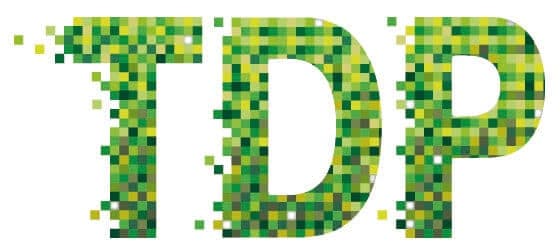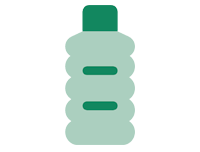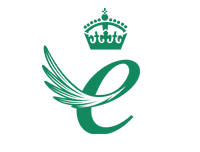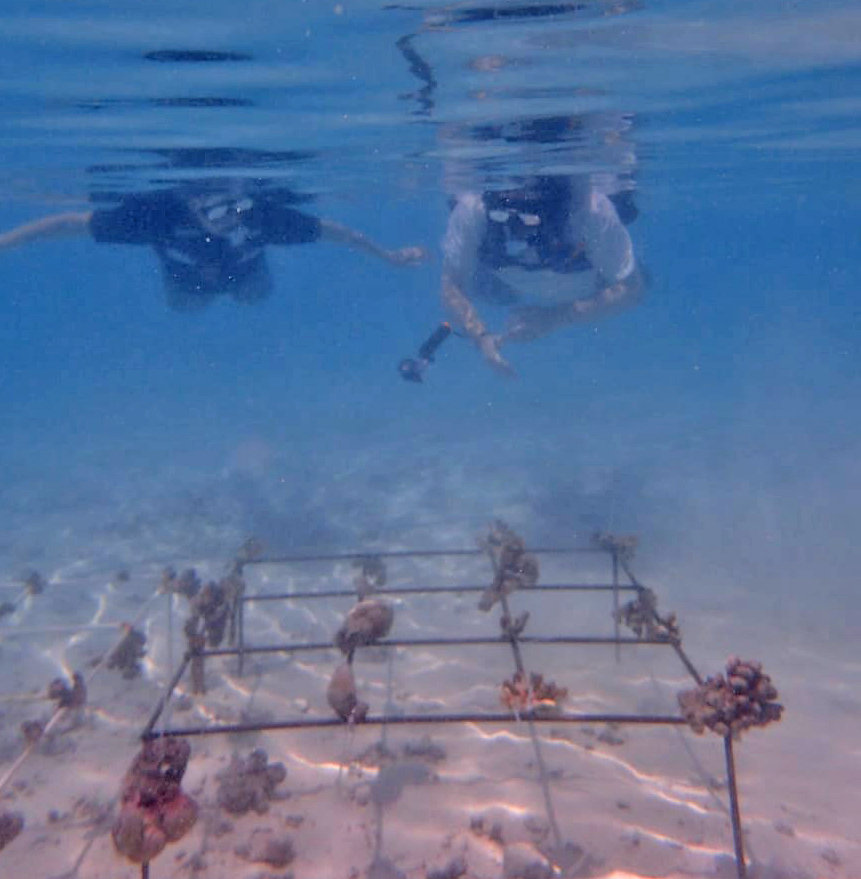We have gone global in our quest to help the environment by planting a baby coral reef in the Indian Ocean.
Rob and Anne travelled out to the UNESCO Baa Atoll Biosphere Reserve to help plant the baby reef.
They are passionate about championing the environment in their home lives as well as in their business. They are committed ‘citizen scientists’, a continuation of a lifelong interest for Anne, whose degree was in Zoology. Their trip to the Indian Ocean involved Rob donning diving gear and joining marine biologist Oriana Migliaccio to gather coral which Anna then used to plant a new baby reef in a frame on the sea-bed. Laying new reefs in this area is big project that is growing Diana Vergara is the new Marine Biologist that will be monitoring our baby reef over the next few years.
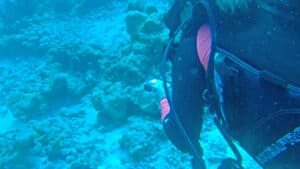
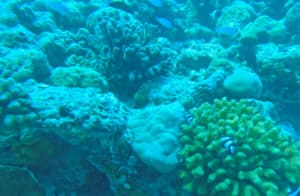
In 2016, devastating bleaching affected 60 per cent of coral reefs in the area, and huge swathes are further threatened by rising sea temperatures – which have hit new records in 2023 – caused by climate change and El Niño.
Rob said: “Coral reefs are absolutely fascinating. They’re fragile but they regenerate brilliantly too. We dived to pick up coral which had broken off but still had some life in it. We literally captured bits of reef in a net and planted them in a special frame, measuring a metre squared”. As part of the project, frames were being established with the aim of creating a number of 20 metre reefs over the next few years as the coral grows.
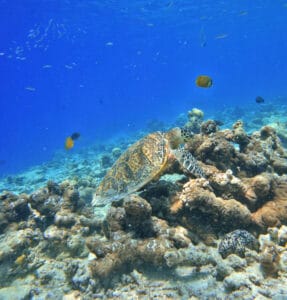
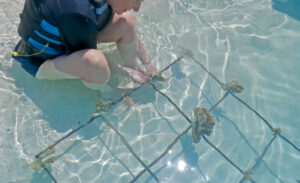
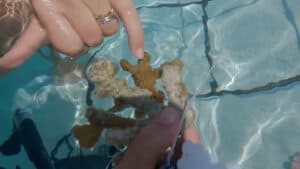
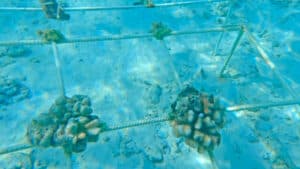
“It felt amazing to be making some difference and trying to find out more about how climate change is affecting the world. We’ve since heard that our little reef is doing very well, which is excellent news.”
Citizen science involves members of the public conducting scientific research, often involving trying to find solutions to the climate crisis. People get involved through gathering information to create data sets, and helping conduct experiments.
Rob and Anne are now committed citizen scientists, having previously travelled out to Antarctica where they joined 25 international scientists as part of the National Oceanic and Atmospheric Administration (NOAA) where they released weather balloons from a low carbon vessel to study winds and temperature at high altitude. Scientists were also measuring the impact of microplastics on the environment – a cause dear to Rob and Anne and at the heart of their business.
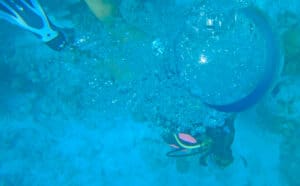
Rob said while in the Indian Ocean he had seen first-hand the enormity of the plastic problem affecting today’s world. “You do see individual plastic bottles floating past. I saw a container ship, and although many have cleaned up their act, we did see evidence of plastic waste being discarded once the ship had passed out of sight of land. Locals say it’s quite a common sight. These commercial vessels aren’t the only ones doing that. Remote Islands in the Indian Ocean have had hundreds of tonnes of plastic wash up on their shore lines”.
